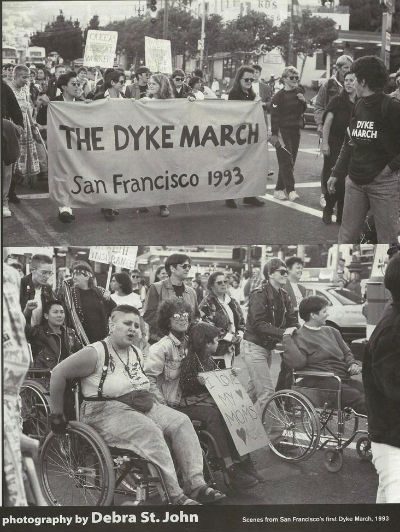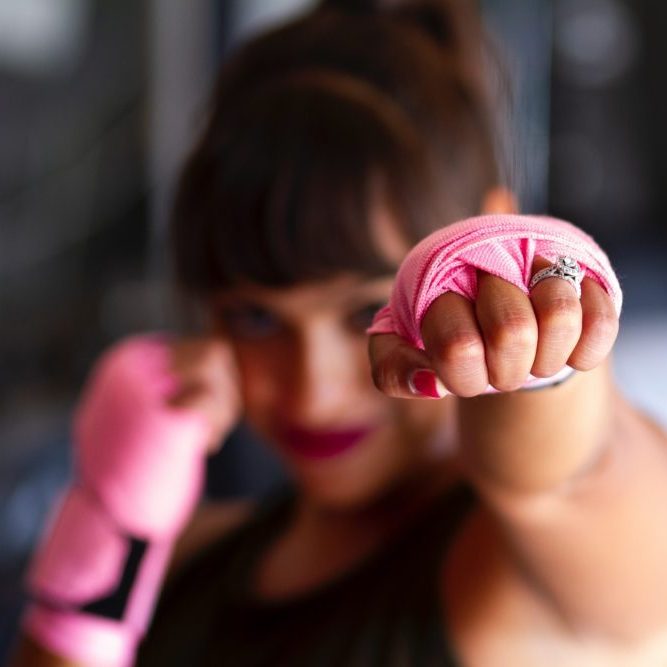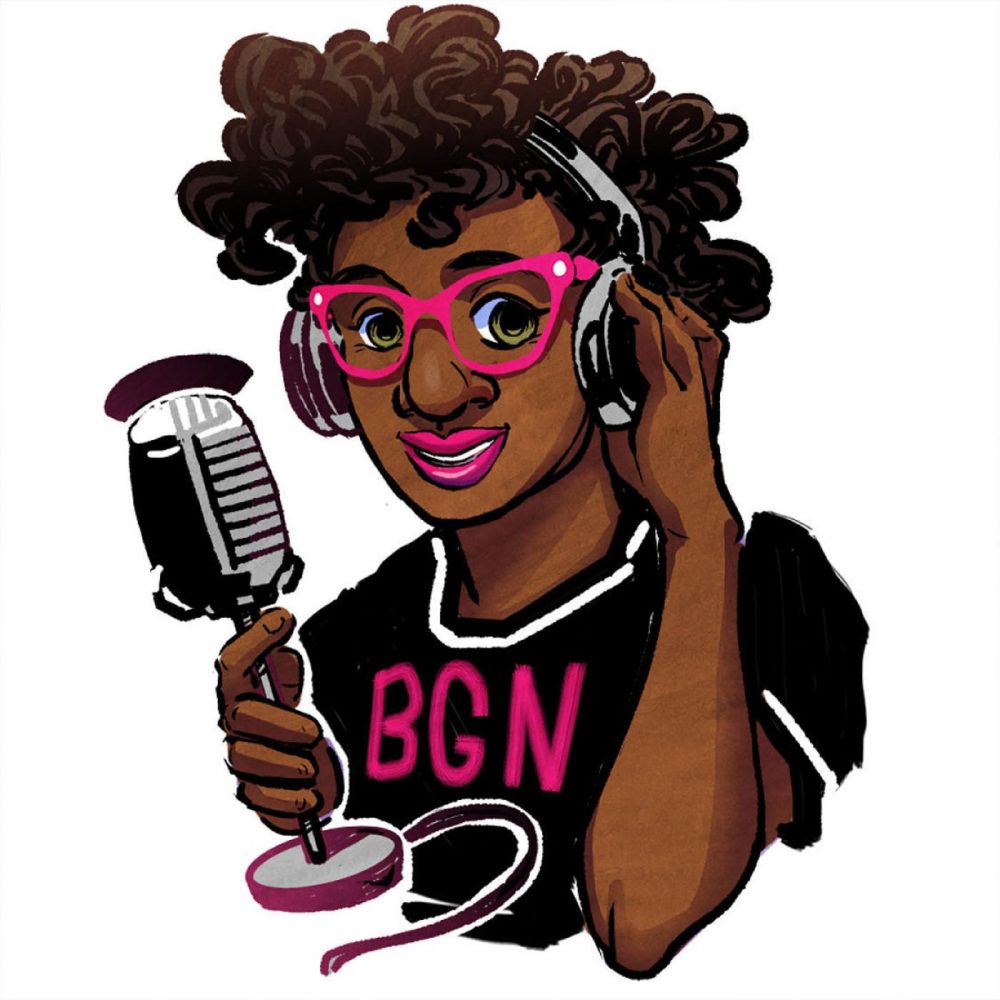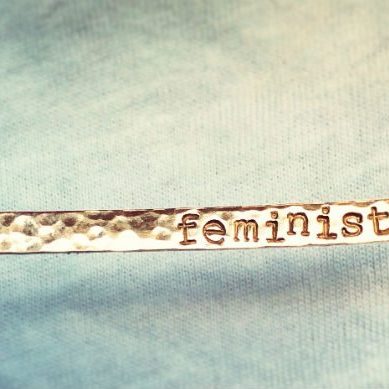 Why are lesbian spaces disappearing, and what can be done to preserve lesbian history?
Why are lesbian spaces disappearing, and what can be done to preserve lesbian history?
In the past two years alone, many cities have forever seen their last or only lesbian bar close-up shop. If you can believe it, London, England, only had one Candy Bar, which closed late last year. At the end of last summer, Philadelphia lost its well-known, multi-floor bar, Sisters, after losing the less prominent Roy’s Comfort Zone the year previous. And early this year, it was announced that The Palms, the nearly 50-year-old bar in West Hollywood, was closing. More last-call stories stretch from Portland, Oregon, to Houston, Texas, to Chicago, Illinois. And yet, Oklahoma City keeps two lesbian bars up and running.
Why are so many bars closing while a few have managed to hang on? And what is the future of other spaces where lesbians have frequently flocked, like feminist bookstores, art galleries, music festivals, women’s colleges, and long-standing institutions like the Lesbian Herstory Archives or the WOW Café Theater?
There aren’t clear-cut or easy answers to why so many spaces are changing or closing. Part of it is economical, as it was for the nearly 90 feminist bookstores in the U.S. that have closed in the past 20 years. In part, it relates to political changes. As legislation gradually shifts to reduce LGBT discrimination around things like marriage or employment, it may be that many now feel more integrated into the larger culture and don’t see as much need for separate spaces or political activism. But for others, marriage wasn’t a goal and blending in was never something they wanted.
A more complicated change appears to be happening at a generational level. For some people, many of whom are under 40, there’s been a shift toward queer identities and politics that are born of a belief that gender and sexuality operate on a spectrum that doesn’t necessarily fit into male/female or straight/gay/bi paradigms. Others still prefer and believe in the need to create more inclusive spaces. Race, class, and ability can also play a big role for many people in choosing when and where to gather, both for those who identify as lesbian and those who identify otherwise.
Queer sensibilities and inclusive communities seem to have extended from the activism of people fighting misogyny, homophobia, and racism in the 1960s, ’70s, and ’80s, including lesbians like Audre Lorde, Gloria Anzaldúa, and Adrienne Rich, among countless other individuals and collectives.
At the same time, many others are still drawn to and feel a strong need for specifically lesbian spaces. Several separatist communities or “wimmin’s lands” remain in the U.S.. Beyond separatism, I’ve spoken with lesbians from their 20s into their 70s who worry that inclusion often just ends up meaning that men, particularly white men, end up in charge or doing most of the talking.
So what spaces are there left for lesbians and queer women?
What new spaces are being created? And are there ways to resolve some of the tensions between those who feel that their history and culture are being erased yet again and those who think they are following in the footsteps of the lesbians who came before them by continuing to push boundaries around gender and sexuality?
I’ll be looking at these questions in a documentary project I began shooting earlier this year titled The Unknown Play Project. For the documentary, I’ll be travelling with a small crew to a handful of different cities across the U.S. to create portraits of some of the remaining spaces and some that have just begun. To learn more about the project and where the lesbian community exists today, visit unknownplayproject.org and please support the project if you can.



